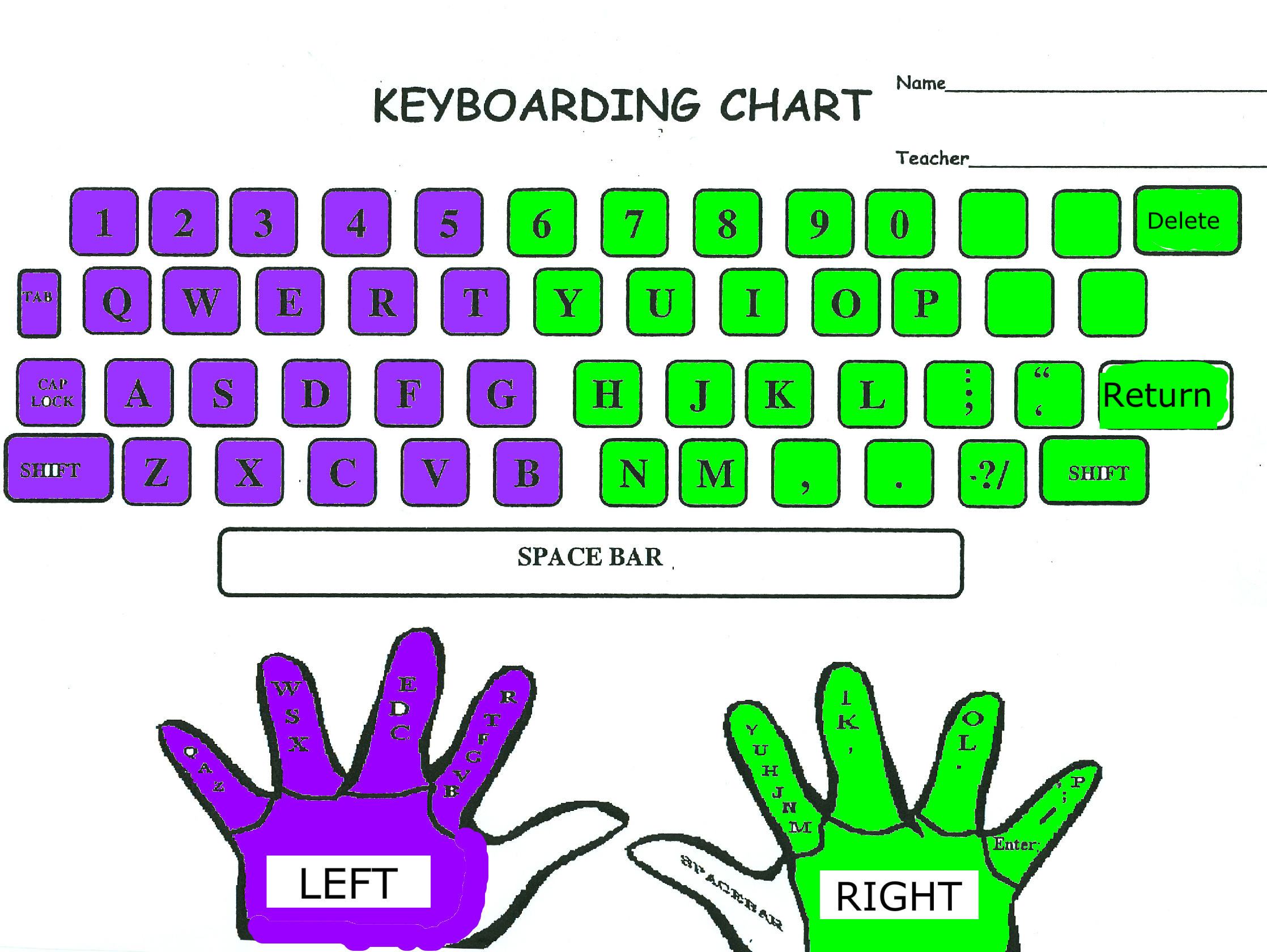

Sit up straight and relax your shoulders. Make sure that your bench is far enough from the piano that you can comfortably reach the keyboard in front of you, but not too far, or you won’t be able to reach the pedals. Let’s begin with the lower half of your body. You Might Also Like: A Major Piano Chord.And let’s not forget the most important things-your hands and fingers!

So, for starters, your posture is important, as is how you hold your wrists and forearms. Tight wrists and forearms can put you at risk for carpal tunnel syndrome. Poor posture can cause piercing pain in the neck, shoulders, and back, while poor hand position can give you stiff, achy fingers as if you had been writing all day. What do I mean by this? Well, most pianists have probably thought about how they should clean and protect their pianos, but do they give any thought to how they should prevent damage to themselves? It’s also about the ways in which you move (or don’t move) your body to transfer energy into the keys. Playing the piano isn’t just about hitting the correct notes or adding expression. Why Play With Proper Hand Position?īefore you even begin to play any kind of musical piece, you need to make sure that your hand are in proper position. Before we jump to that though, let’s go over what proper hand position on the piano looks like. If you’re a beginner pianist, you may be asking yourself what piano fingerings are. Playing the Piano with Correct Fingerings F# Major and D# Minor / G♭ Major and E♭ Minor.D♭ Major and B♭ Minor / C# Major and A# Minor.Playing the Piano with Correct Fingerings.


 0 kommentar(er)
0 kommentar(er)
